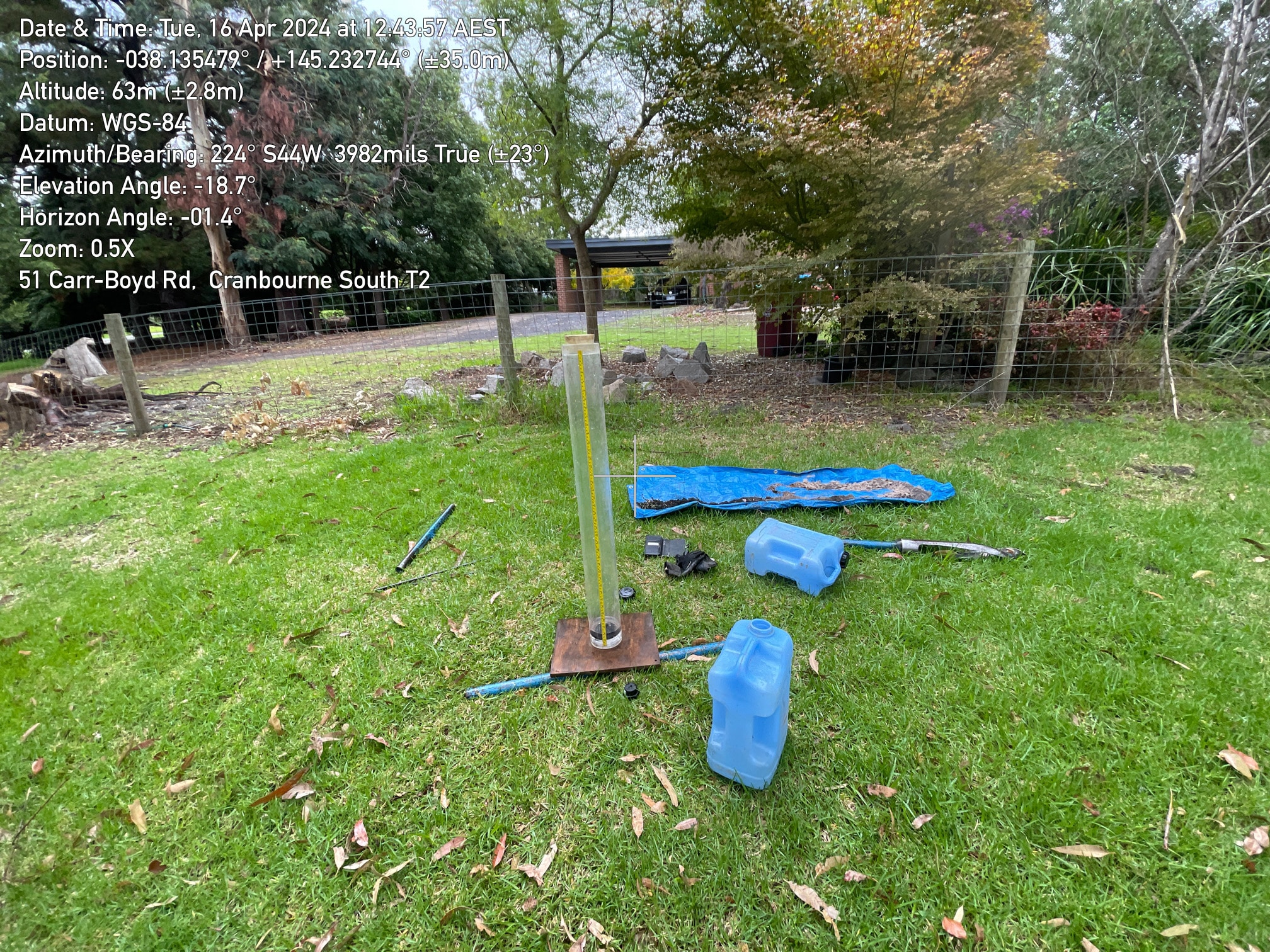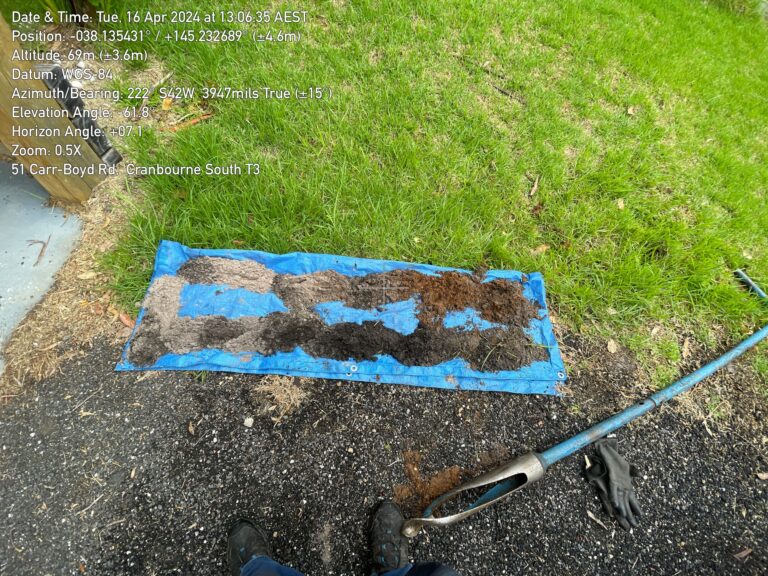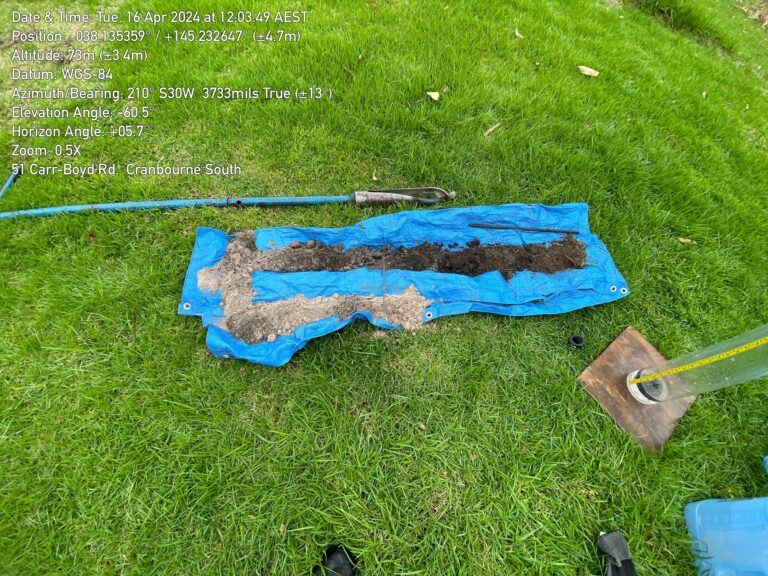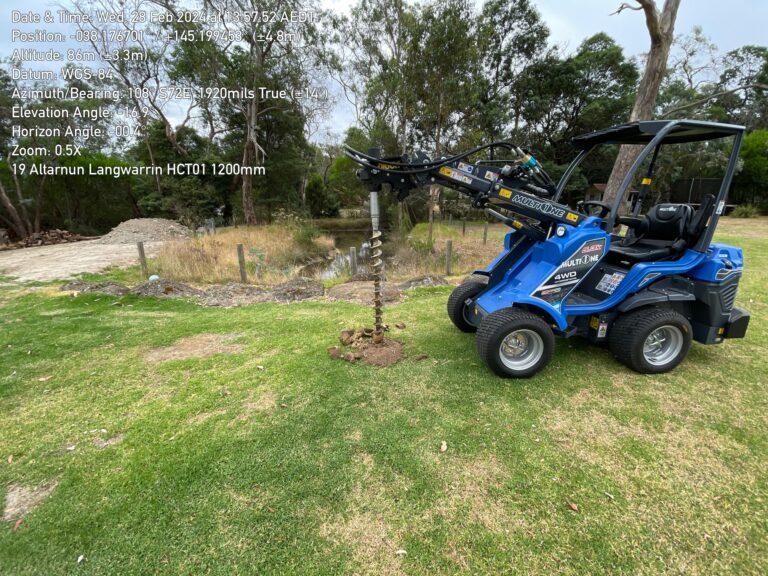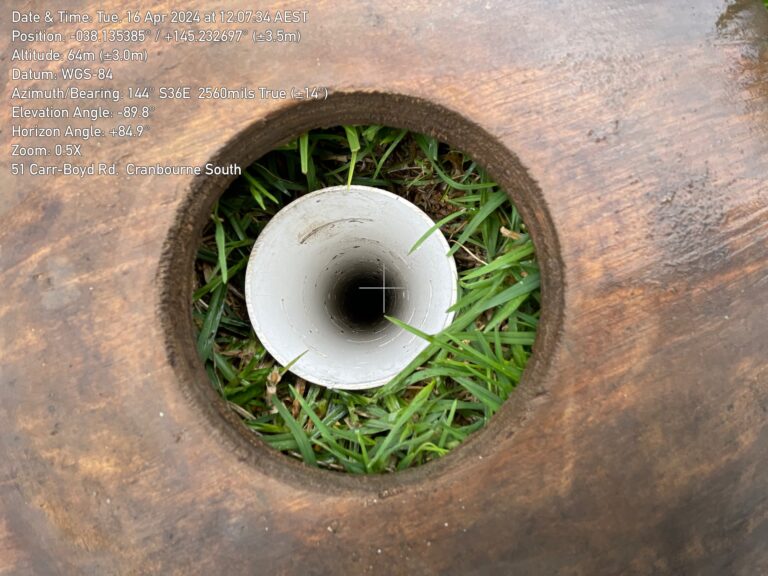Septics Systems and Setback Distances for Waterways.
Introduction
Setback distances from waterways are critical in the placement of effluent treatment tanks and effluent fields to protect water quality and public health. For potable water sources, such as drinking water reservoirs and wells, stringent setback distances are enforced to prevent contamination from effluent.
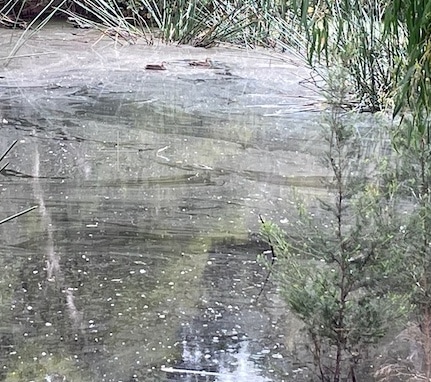
Typically, effluent treatment tanks and effluent fields must be located at least 100 meters away from potable water sources. This buffer zone helps ensure that any potential leakage or runoff does not enter the water supply, thereby safeguarding against waterborne diseases and chemical contamination. Additionally, this distance allows for natural soil filtration and microbial processes to further treat effluent before it can reach potable water bodies.
For non-potable and seasonal (continuous or ephemeral) waterways, the setback distances can vary based on local regulations and environmental sensitivity. Generally, effluent treatment systems should be placed at least 60 meters away from non-potable water sources, such as irrigation channels or recreational waters, to minimise the risk of contamination. Seasonal waterways, which flow during specific times of the year, also require careful consideration. Setback distances for improved effluent treatment can lower the setback distance required which a Land Capability Assessment may offer. These setbacks help protect aquatic ecosystems and ensure that effluent does not degrade water quality, particularly during periods of high flow when the risk of effluent transport is greater. By adhering to these setback guidelines, planners and developers can effectively manage wastewater and protect vital water resources.
Need quote? Contact Us Here!

